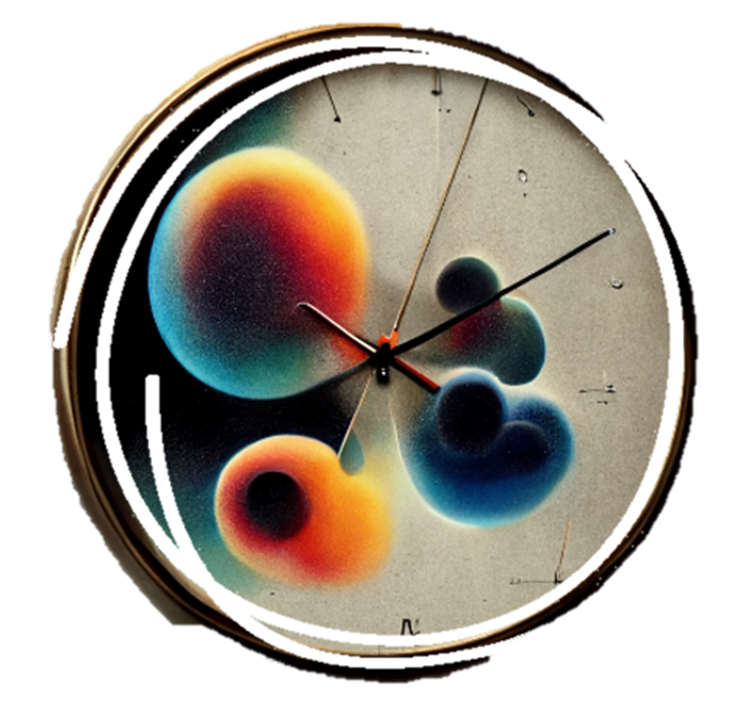Fiona Shan | November 14, 2022

Redefining the Second
Time standardization and precise timing tools, such as atomic clocks, have allowed for the synchronization of people’s daily activities across the globe since 1968. Recently, a team of researchers designed an optical atomic clock using highly charged ions (HCIs).
Physicists have created a new optical atomic clock based on highly charged ions
Why use HCIs for atomic clocks?
As their name indicates, HCIs are ions that have lost many electrons and therefore have a high positive charge. These properties make HCIs very stable, since their remaining electrons are highly attracted to the nucleus, and thus have low sensitivity to external electromagnetic fields.
Atomic clocks standardize and keep track of time by measuring an atom’s vibration. However, traditional atomic clocks are easily affected by the environment. Thus, HCIs, with their low sensitivity to external electromagnetic fields, are useful candidates for improving atomic clock technologies.
How does this clock function?
The HCI atomic clock incorporates an argon ion with 13 positive charges. This ion is generated by creating extremely hot plasma and is then cooled down so that its frequency can be measured at rest. Using sophisticated techniques, the HCI clock achieves a precision of 10^-17 seconds. That is, the clock would accumulate 1 second of error over 3 billion years.
What are the future impacts?
The creation of an optical atomic clock using HCIs is a milestone in the maturing field of optical clocks because of its stability, reliability, and precision. As scientists continue to optimize this clock and expand the world’s knowledge of time, optical atomic clocks could replace atomic clocks for time standardization and aid numerous scientific inquiries on time.
